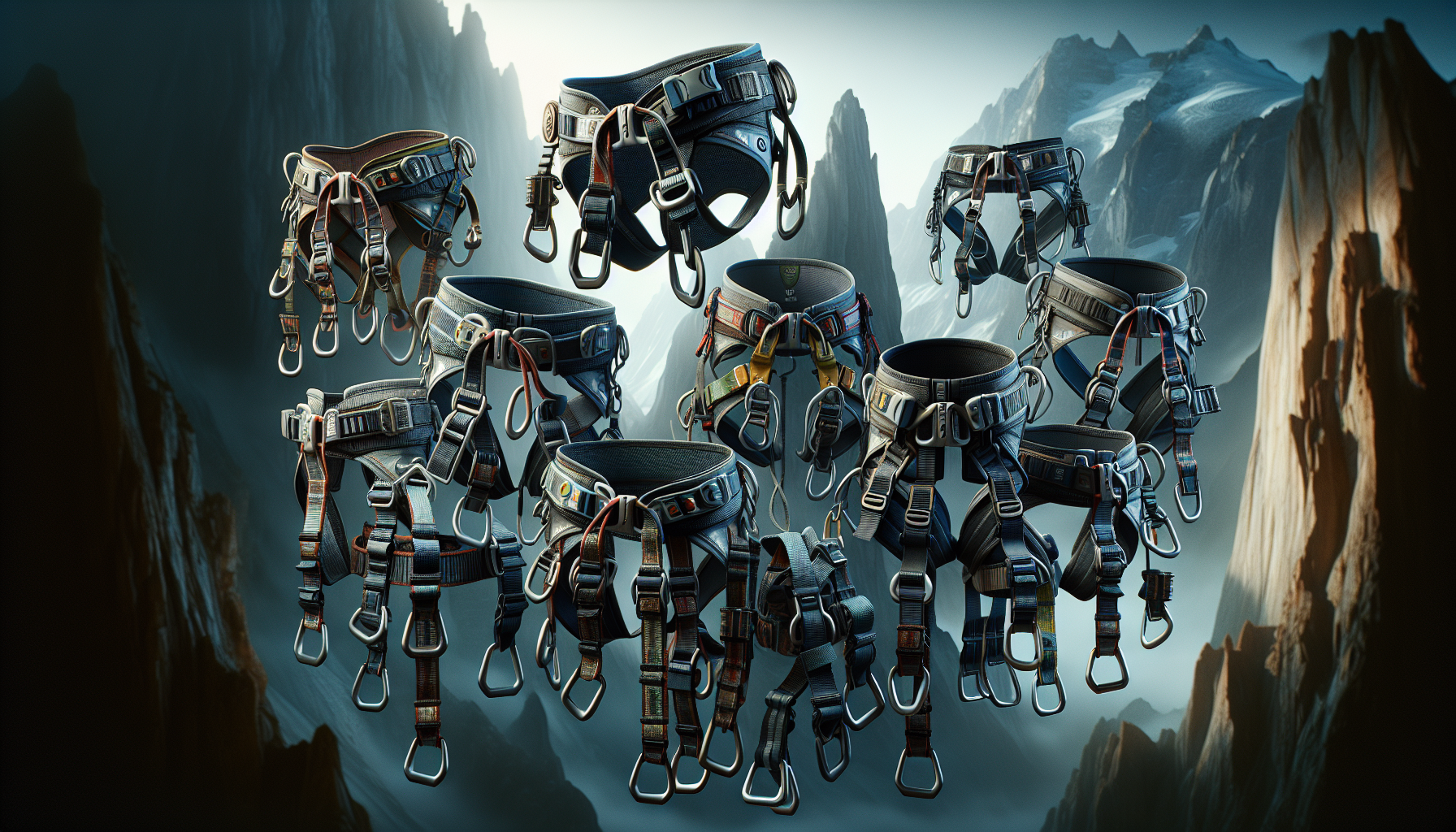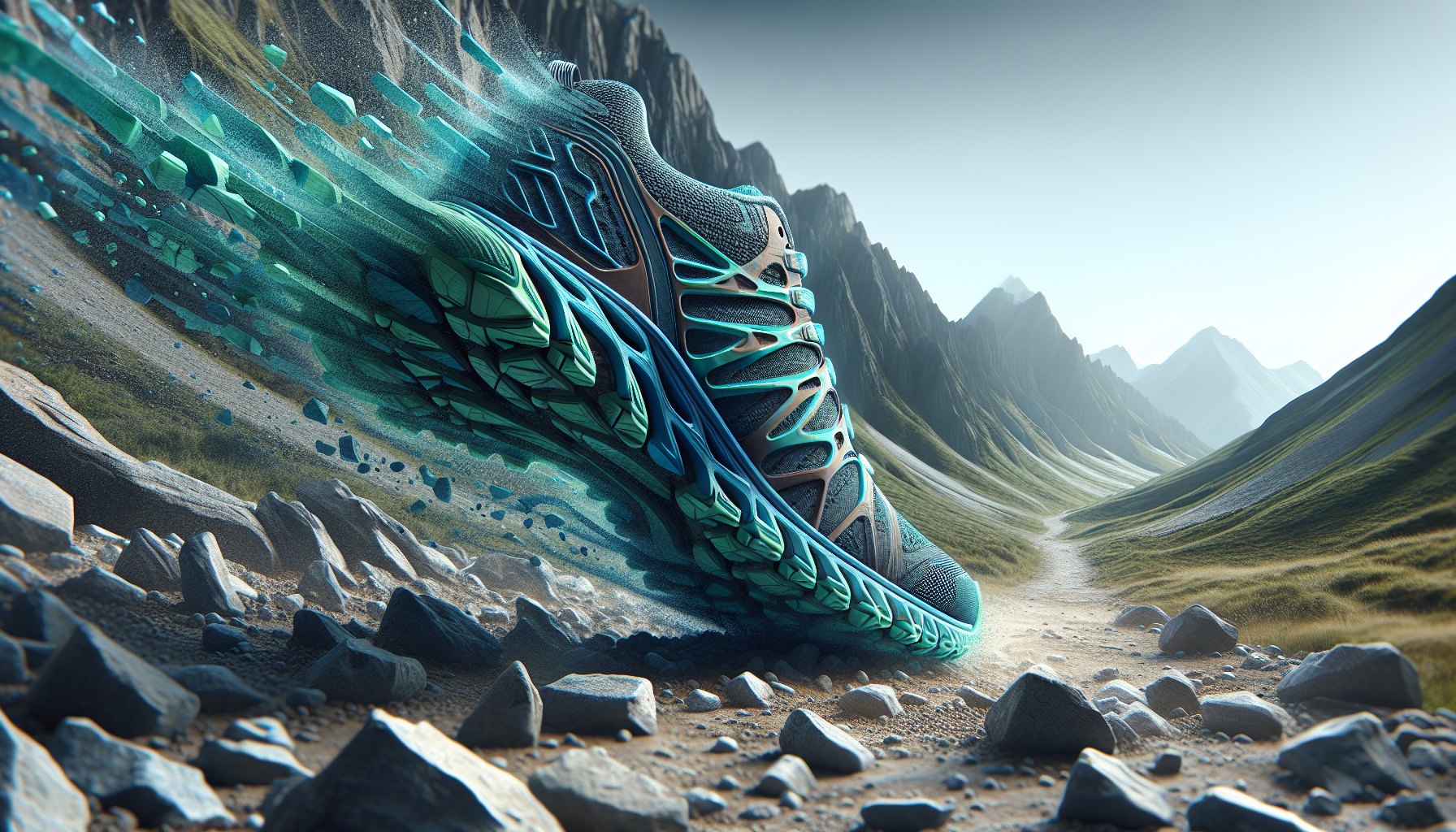The Comprehensive Guide to Climbing Harnesses
Are you an adrenaline junkie in search of your next adventure? Or perhaps you’re a seasoned climber looking to upgrade your gear? Whatever your level of expertise, understanding the importance of a climbing harness is crucial for your safety and performance. In this comprehensive guide, we will delve into the world of climbing harnesses, exploring their history, design, types, and everything in between. So, buckle up (literally) as we embark on this enlightening journey into the realm of climbing harnesses.
The Evolution of Climbing Harnesses
Before we dive into the intricacies of modern climbing harnesses, it’s essential to understand their evolution over the years. The concept of harnesses for climbing dates back to the early 20th century when mountaineers relied on basic rope and sling systems for safety. However, it wasn’t until the 1970s that harnesses as we know them today began to emerge.
One of the pioneers in harness design was the legendary climber Yvon Chouinard, founder of the iconic outdoor brand Patagonia. Chouinard revolutionized the industry by introducing the first sit harness made from nylon webbing, a significant departure from the heavy and cumbersome leather harnesses of the past. This innovation marked the beginning of a new era in climbing safety and comfort.

The Anatomy of a Climbing Harness
Modern climbing harnesses are a marvel of engineering, combining lightweight materials with robust construction to provide maximum safety and comfort. A typical climbing harness consists of several key components, each serving a specific purpose:
Waistbelt
The waistbelt is the central part of the harness that wraps around your waist, providing support and distributing the weight of your body during climbs. It is usually padded for comfort and adjustable to ensure a snug fit.
Leg Loops
Leg loops are the loops that go around your thighs, helping to keep the harness in place and prevent it from riding up during climbs. Like the waistbelt, leg loops are also adjustable and padded for comfort.
Buckles
Most climbing harnesses come with auto-locking buckles that allow for easy adjustment and secure fastening. These buckles are designed to prevent accidental loosening and ensure a tight fit while climbing.
Tie-In Points
Tie-in points are the attachment points at the front of the harness where you connect your rope for belaying or rappelling. These points are reinforced with durable webbing to handle the stresses of climbing.
Gear Loops
Many harnesses feature gear loops on the waistbelt for carrying essential climbing gear such as carabiners, cams, and quickdraws. These loops are strategically placed for easy access and organization of equipment.

Types of Climbing Harnesses
When it comes to choosing a climbing harness, there are several types to consider, each tailored to different styles of climbing and personal preferences. Here are some of the most common types of climbing harnesses:
Sport Climbing Harness
Designed for sport climbers who value lightweight and mobility, sport climbing harnesses are minimalistic with fewer gear loops and a streamlined design. They are ideal for high-intensity climbs where agility is essential.
Trad Climbing Harness
Trad climbing harnesses are built for traditional climbers who carry a large amount of gear and need ample support for long multi-pitch routes. These harnesses typically feature multiple gear loops and extra padding for comfort during extended climbs.
Alpine Climbing Harness
Alpine climbing harnesses are designed for alpinists who tackle mixed terrain and varying conditions. These harnesses are lightweight, versatile, and often feature adjustable leg loops to accommodate wearing with bulky clothing.
Gym Climbing Harness
Perfect for indoor climbing enthusiasts, gym climbing harnesses prioritize comfort and durability for frequent use on artificial walls. They are usually affordable and straightforward in design, making them popular among beginners.
Ice Climbing Harness
Ice climbing harnesses are engineered to withstand the rigors of vertical ice and mixed climbing. They are reinforced with abrasion-resistant materials and may feature dedicated ice clipper slots for attaching ice screws and other tools.
Choosing the Right Climbing Harness
With so many options available, selecting the right climbing harness can be overwhelming. To make an informed decision, consider the following factors:
Fit
A proper fit is crucial for comfort and safety while climbing. Make sure the waistbelt and leg loops are adjustable and snug without being too tight. Always try on a harness before purchasing to ensure the perfect fit.
Features
Depending on your climbing style, look for features that cater to your specific needs. If you carry a lot of gear, opt for a harness with multiple gear loops. For ice climbing, choose a harness with ice clipper slots for easy access to tools.
Comfort
Comfort is key during long climbs, so prioritize harnesses with ample padding on the waistbelt and leg loops. Breathable materials and moisture-wicking fabrics can also enhance comfort, especially in hot or humid conditions.
Safety
Never compromise on safety when choosing a climbing harness. Look for harnesses that meet industry safety standards and are well-constructed with high-quality materials. Check for reinforced tie-in points and secure buckles for added peace of mind.
Expert Opinions on Climbing Harnesses
We reached out to renowned climbers and gear experts to get their insights on the importance of climbing harnesses. Alex Honnold, renowned free solo climber, emphasizes the significance of a well-fitted harness for challenging climbs:
“A good climbing harness should feel like an extension of your body, allowing you to move freely and confidently on the rock. Don’t underestimate the impact of a comfortable harness on your performance.”
Tommy Caldwell, accomplished big wall climber, stresses the role of safety in harness selection:
“When you’re hanging hundreds of feet off the ground, you want to have full confidence in your gear. Invest in a high-quality harness that you can trust with your life.”
Common Misconceptions about Climbing Harnesses
Despite their importance, climbing harnesses are often misunderstood or overlooked by climbers. Here are some common misconceptions about climbing harnesses:
Myth: All harnesses are the same.
Reality: Climbing harnesses come in a variety of styles and designs, each tailored to specific climbing disciplines. Choosing the right harness can significantly impact your comfort and safety while climbing.
Myth: Harnesses are only for beginners.
Reality: Climbing harnesses are essential gear for climbers of all levels, from beginners to advanced. Even experienced climbers rely on harnesses for protection and security during climbs.
FAQs about Climbing Harnesses
1. How often should I replace my climbing harness?
It is recommended to replace your climbing harness every 3-5 years, depending on usage and wear. Inspect your harness regularly for signs of damage or wear and tear, and replace it if necessary.
2. Can I wash my climbing harness?
Yes, you can wash your climbing harness by hand using mild soap and water. Avoid using harsh chemicals or abrasive cleaners, and ensure the harness is thoroughly dried before use.
Conclusion
To wrap things up, climbing harnesses are not just pieces of equipment; they are lifelines that ensure your safety and enhance your climbing experience. Whether you’re scaling towering cliffs or navigating icy terrains, choosing the right harness can make all the difference in your performance and confidence. Remember, your harness is more than just a tool it’s your trusted companion on every vertical journey. So, invest wisely, climb responsibly, and enjoy the exhilarating world of climbing with confidence and peace of mind.




